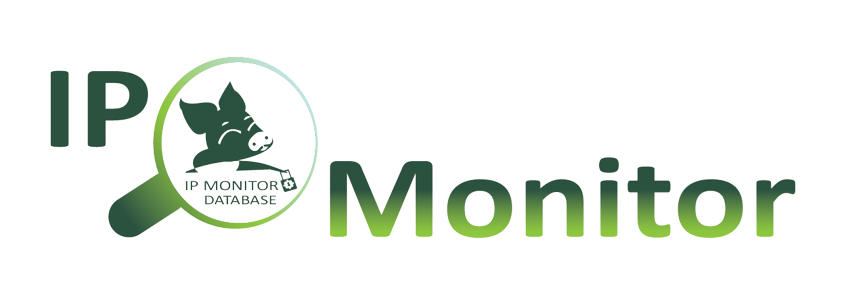Have you ever wondered what automatic translation is?
Automatic translation, or machine translation (MT), is the instantaneous translation of text from one language to another using a computer. Through continuous advancements in machine learning, automatic translation has become faster and more efficient, constantly improving as it processes more content.
Machine translation has a fascinating history.
Between 1949 and 1965, MT evolved in response to Cold War demands, with the landmark 1954 Georgetown-IBM experiment translating Russian to English. Challenges persisted due to computational complexities and an underestimated understanding of language intricacies.
In the late 1990s, Example-Based Machine Translation (EBMT) emerged, utilizing bilingual sentence pairs. Statistical Machine Translation (SMT) revolutionized translation between 1990 and 2010, relying on statistical models and large bilingual corpora. The Age of Neural Machine Translation (NMT) from 2013 onwards, powered by artificial intelligence, marked a departure from traditional methods. Since 2016 Google Translate, rapidly become a potent translation engine, overcoming language barriers in various fields.
Over the past years (2020-2023), the translation industry has dynamically evolved, embracing technological advancements and meeting changing global needs. Key trends included the integration of machine translation with human post-editing, increased demand for non-English languages, and collaboration between human translators and AI. The industry also witnessed a surge in transcreation, growth in video content translation, and a focus on localization for diverse markets. These trends persisted and evolved into 2024, showcasing the industry’s adaptability and crucial role in a globally interconnected world. Today, MT plays a pivotal role in global communication, supporting over 100 languages and making content accessible worldwide.
The IP Monitor website integrates MT for efficient and green multilingual content management. Automating initial translation stages reflects a commitment to sustainability and inclusivity within the circular economy. This progressive step signifies a green future for the IP Monitor, anticipating further MT improvements and welcoming everyone to engage with its accessible content.
The browser-specific instructional videos tailored for Google Chrome, Microsoft Edge and Mozilla Firefox were prepared by the project partners.
